Preliminary reading of New Zealand ANZ business confidence improved to 7.0 in May, up from -2.0. Own activity outlook also rose to 32.3, up from 22.2. Export intentions rose to 14.9, from 9.1. Investment intentions rose to 20.8, from 17.1. Employment intentions rose to 22.1, from 16.4. Pricing intentions rose to 57.6, from 55.8. Inflation expectations surged to 2.17, from 1.97.
ANZ said: “Any ECON 101 student or business person can tell you that strong demand and hampered supply is a sure-fire recipe for inflation. The RBNZ can ignore it only as long as inflation expectations remain well-anchored. So far so good; but it’s a lagging, not leading, indicator.”





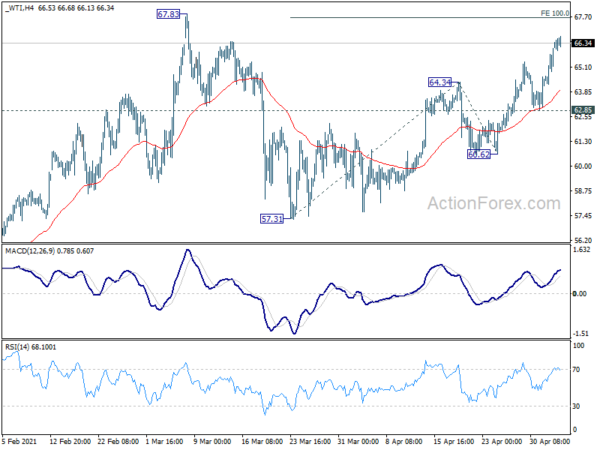
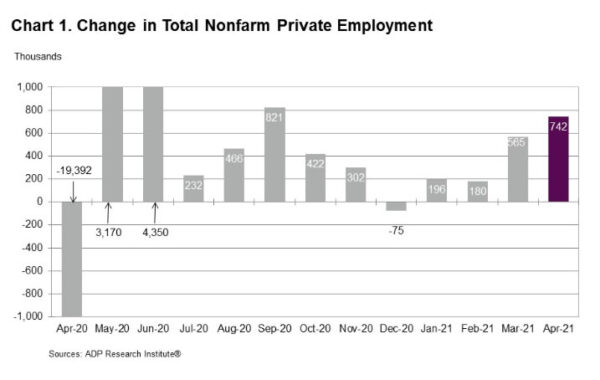
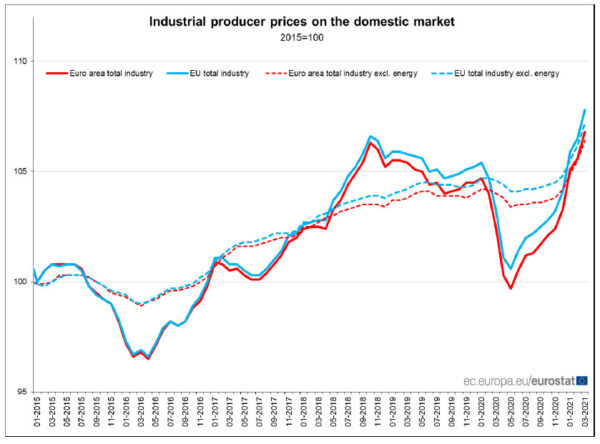
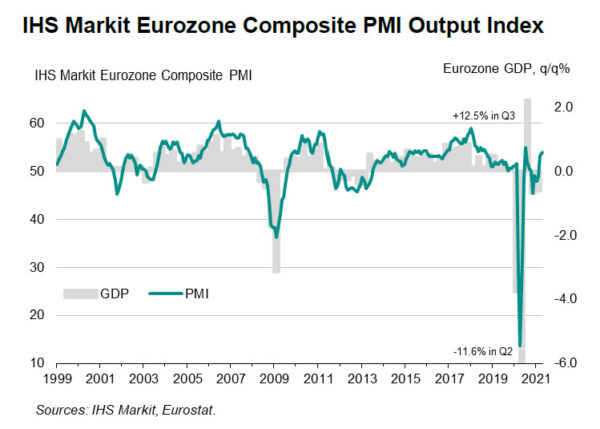
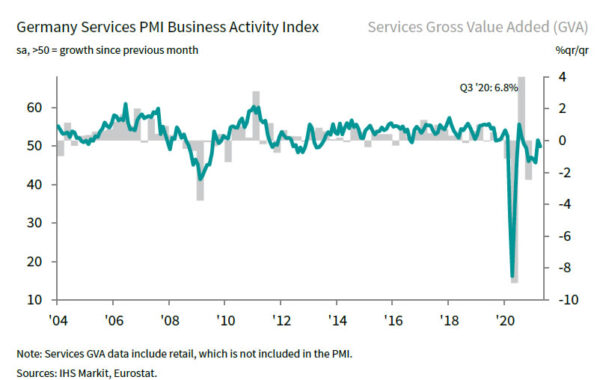
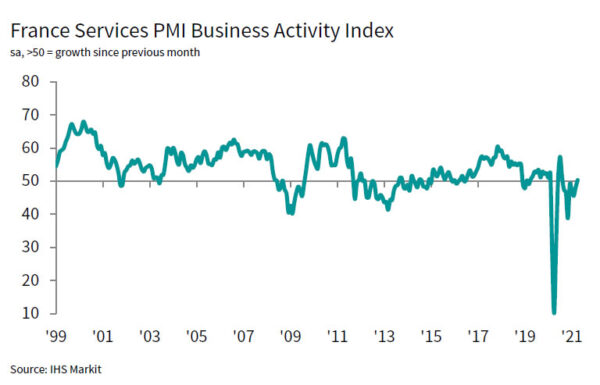
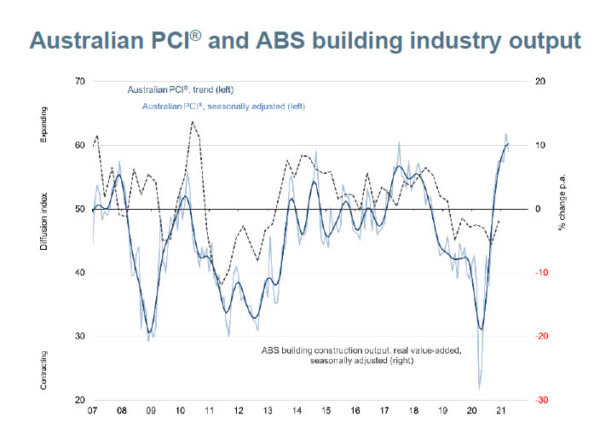
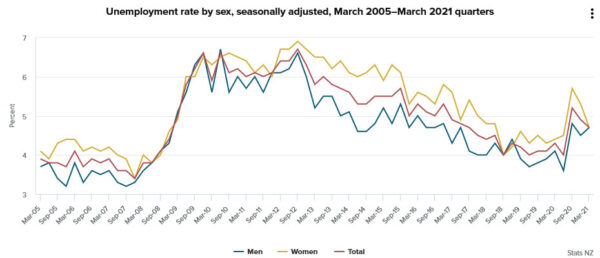
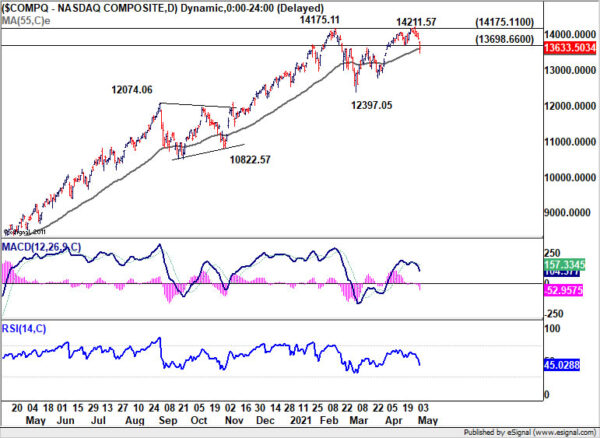
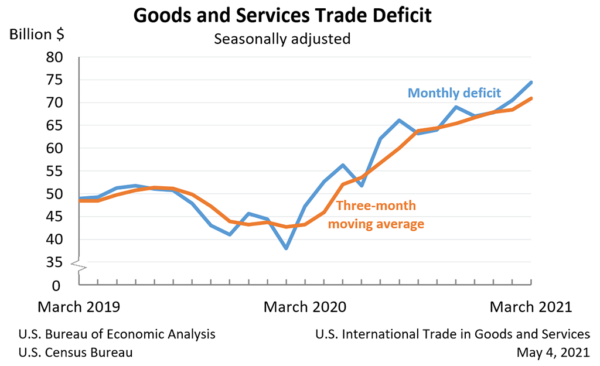

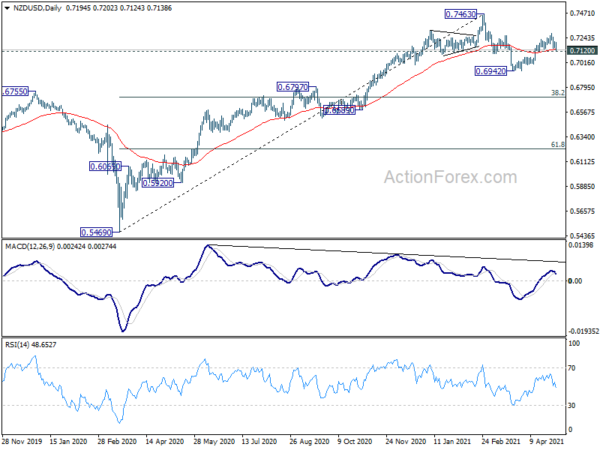


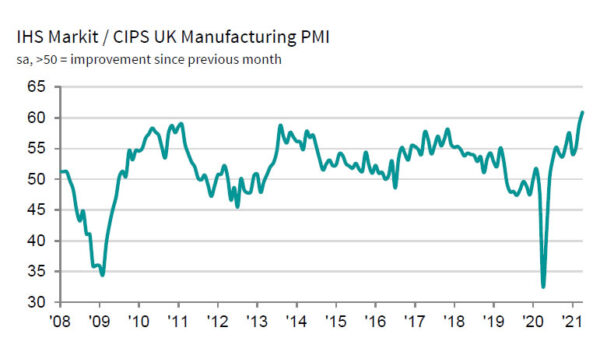
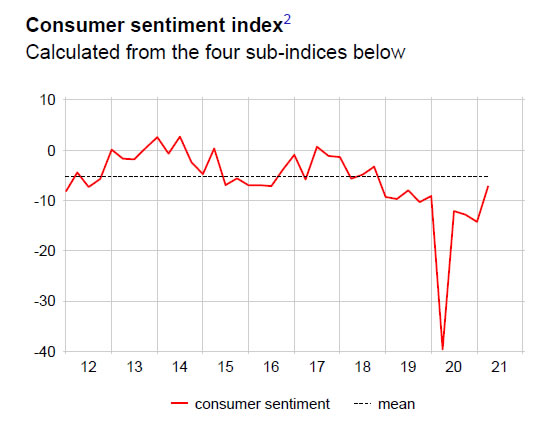

GBP/CHF building a base, some BoE previews
BoE is widely expected to keep monetary policy unchanged today. Bank rate will be held at 0.10%. Government bond purchase target will be kept at GBP 876B, corporate debts target at GBP 20B. Focuses will be on new economic projections, as well as any hints on tapering.
GDP growth forecast for 2021 could be upgraded from February’s 5% to 6-8%. Unemployment rate could be seen as peaking at just above 6% in Q2, comparing to 7.8% as estimated in February.
BoE could hold their cards to chest on tapering, and wait for more information regarding reopening of the economy and developments. There could be some form of communications at June meeting, while tapering might begin in August. Still, the BoE would still use up the entire target of GBP 875B to purchase government bonds.
Some previews here:
GBP/CHF’s pull back from 1.3070 has been clearly losing downside momentum in the past two weeks, as seen in 4 hour MACD. But there is no clear sign of a sustainable rebound yet. It could still take some more time to form a base.
Nevertheless, we’d continue to expect strong support from 38.2% retracement of 1.1683 to 1.3070 at 1.2540 to complete the correction. Break of 1.2814 minor resistance will turn bias to the upside for retesting 1.3070. Break there will resume larger up trend from 1.1102, for 1.3310 resistance.